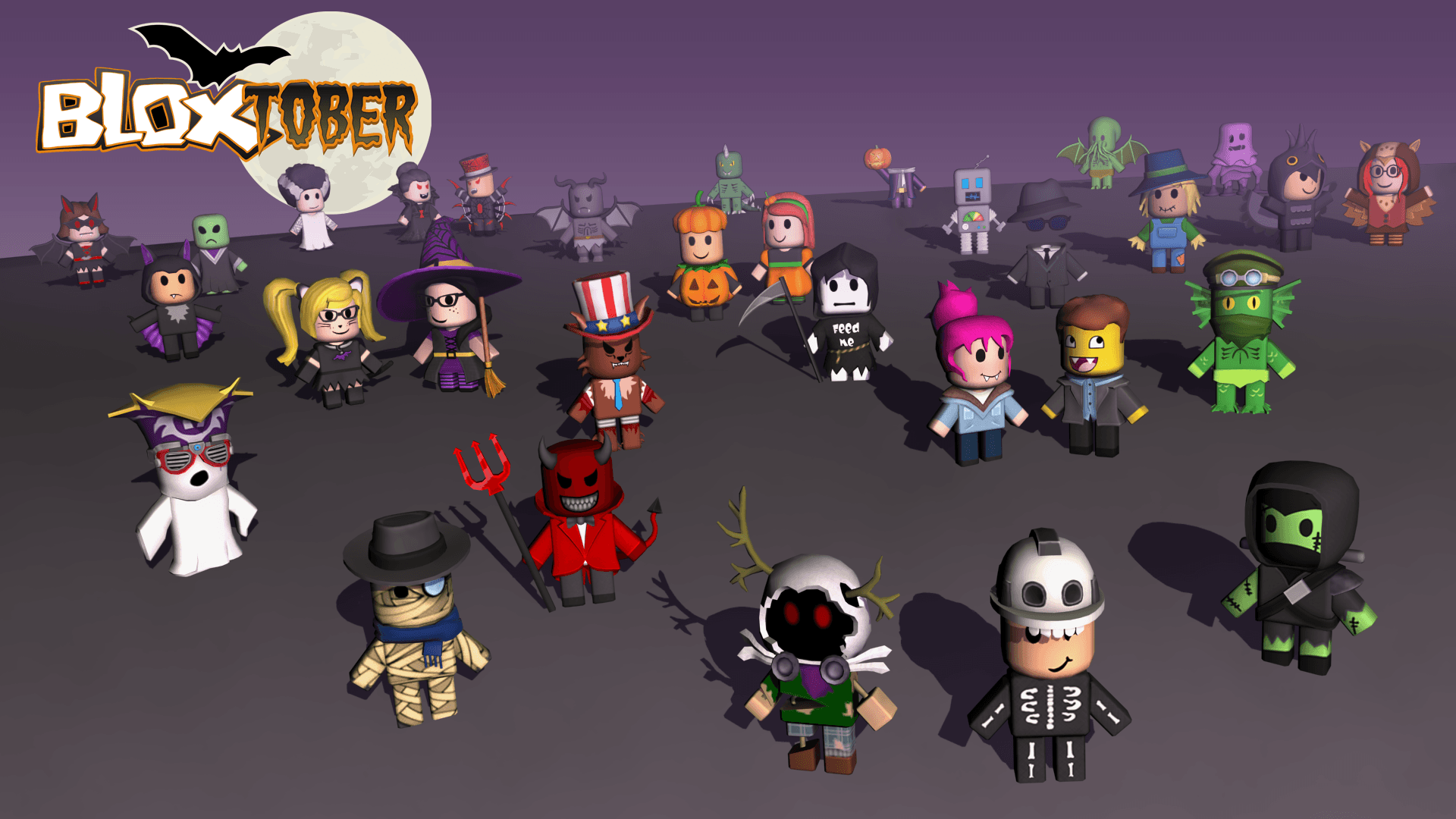
The Benefits of Game-Based Learning
As modern technology becomes an integral part of the learning experience, educators find more effective ways to teach kids. The pursuit of effective learning techniques and strategies has given rise to some innovative approaches to teaching.
One of the best teaching approaches that technology has given us is game-based learning. The idea behind game based learning is to use gaming to introduce educational goals that support a child’s growth and development. Below, we’ll go over some of the benefits that game-based learning brings to the classroom.

Why Game-Based Learning?
Games have long been used as tools for learning and are ever-more popular now that technology has advanced. The widespread appeal of using video games to teach kids in a more engaging way arguably started with the popularity of Minecraft. Its vast success got people in the education community thinking, “Why don’t we try to use this game as a way to reach our students?”
From that point on, game-based learning has become a staple in the online learning community. Lessons using games like Minecraft and Roblox are hugely popular with both educators and students alike.
Statistics on game-based learning have shown that kids pay more attention to the lessons, retain more knowledge, and learn faster than other teaching methods. The reasons why kids respond better to game-based learning are the following:
– Freedom of Choice
Students can make their own decisions when solving problems. Games at their core generally offer multiple ways to solve a problem. Kids especially enjoy being empowered to make decisions as they don’t get many opportunities to be in charge.
– Mastery of a System
Something else that can get people hooked is the drive to become better at the game. Students can see the results of their efforts to get better, and this motivates them even further. Mastering a game’s system or mechanics can give a satisfying sense of accomplishment.
– Discovering new Identities
Games give kids a safe environment to experiment and roleplay different identities. They get to be Astronauts, Engineers, Firefighters, Detectives, or any other number of roles they can imagine. Being able to explore identities like this fosters a more immersive learning experience.

Benefits to Students
Aside from the increased engagement and motivation that game-based learning brings to the table, there are other benefits to students as well. Some of the areas students stand to improve are:
Analytical Thinking
Video games tend to offer up a problem that you have to find a solution to. Most of these problems start simple then grow increasingly complex as games progress. Kids have to analyze these problems, then come up with solutions.
Logic
Sometimes problems are in the form of a puzzle. Games like Sudoku, Chess, and even some elements of Minecraft have challenges that require the use of logic to solve. Improving logic can significantly help students in future subjects.
Language and Communication
Another big way that games help kids improve is through language and communication. Multiplayer games require kids to talk to each other to progress in the game. Word-based games like Scrabble help improve language and vocabulary. Video games also introduce advanced vocabulary that students will pick up on quickly.
Creativity
Minecraft and Roblox are two of the most popular games among youth for a big reason; they let you create whatever you want. Letting kids have the freedom to create a world from their imagination helps significantly with their creativity. It also teaches them there are multiple ways to solve a problem.

Teamwork
Multiplayer games teach kids the importance and benefits of teamwork. Working together towards a goal, helping one another when someone gets stuck, offering different perspectives to solving problems, and clear and open communication are important elements of gaming. Learning these skills at an early age will help students become better team players in the future.
Memory
A big part of playing games is memorization. Whether it be the need to memorize the in-game map, where you can get certain items, the location of a boss fight, or the game’s mechanics, memory is constantly being used and sharpened.
Growth Mindset
Games appeal to kids’ natural want to play. They don’t see gaming as a chore or something they have to do; they see it as a way to have fun. People have the drive to be good at games, and winning is something that everyone looks forward to. Players will constantly want to improve their skills to get better at a given game. They will strive to work towards and achieve goals. It is in this way that games promote a growth mindset.
- Popular Kids Education Platforms Review - February 10, 2023
- Pros and Cons of Opening a Kids Coding Franchise - January 31, 2023
- How can coding help kids reduce screen addiction - January 30, 2023